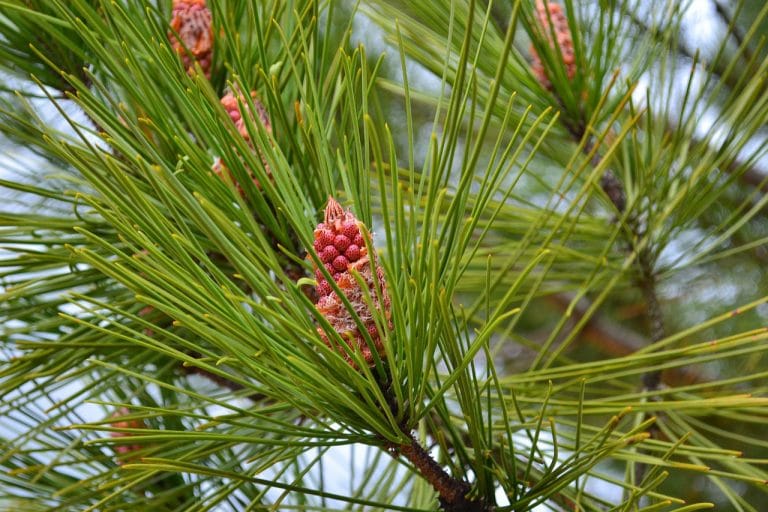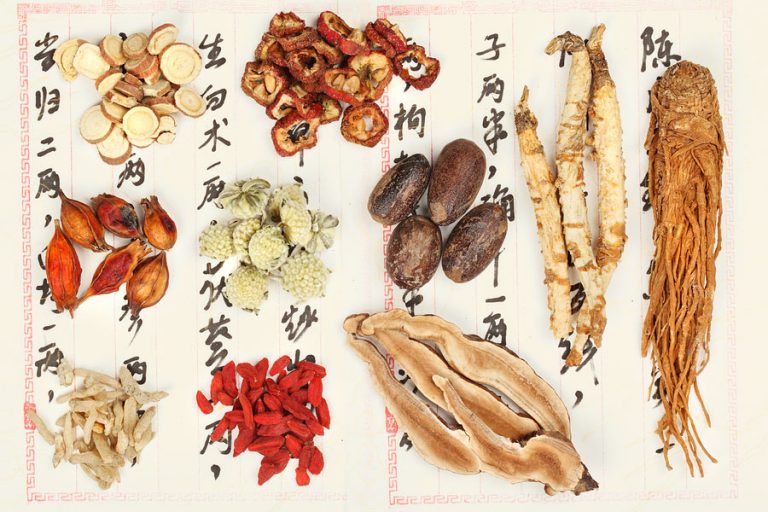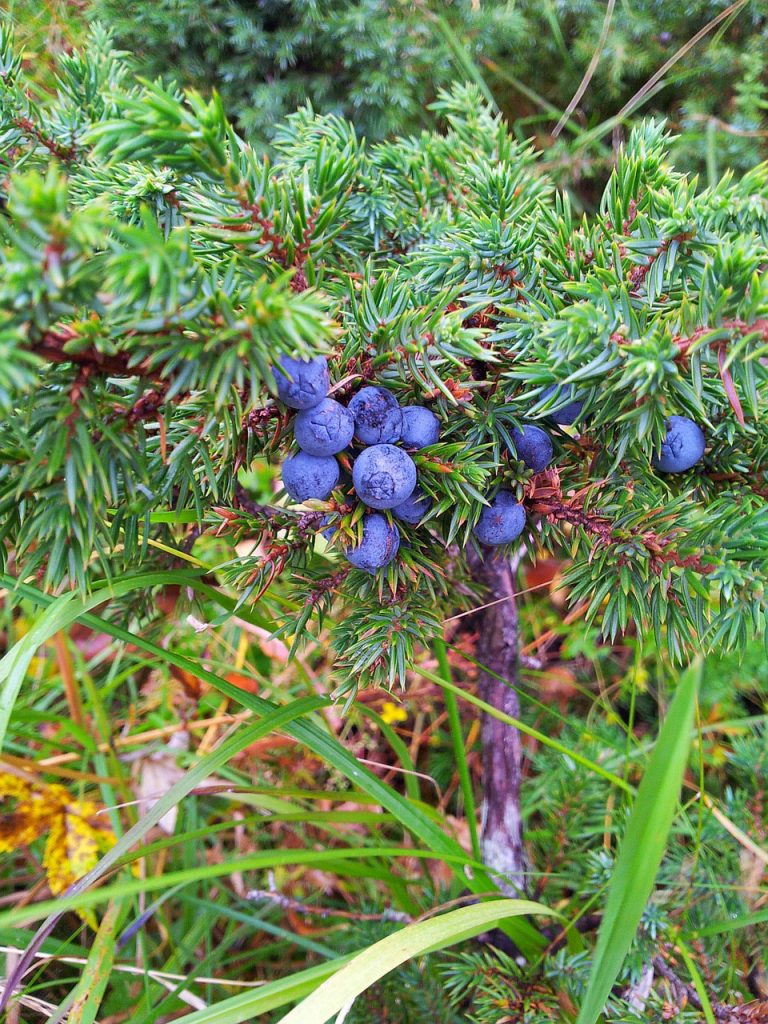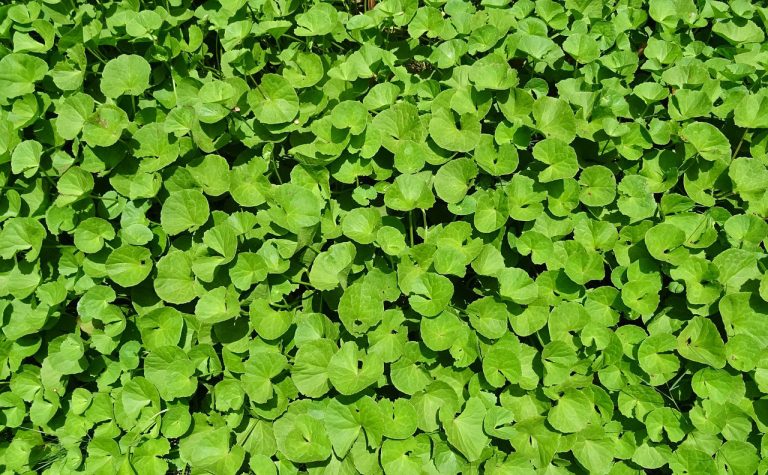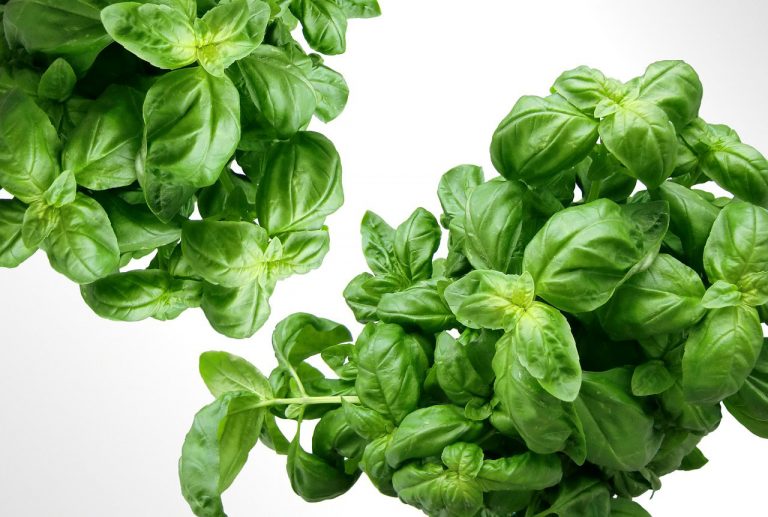Borage
Scientific Classification
| Kingdom: | Plantae |
| (unranked): | Angiosperms |
| (unranked): | Eudicots |
| (unranked): | Asterids |
| Order: | Unplaced |
| Family: | Boraginaceae |
| Genus: | Borago |
| Species: | B. Officinalis |
| Binomial name: | Borago Officinalis |
Borago Officinalis, commonly known as Borago is an annual herb from the Boraginaceae family. It is also known as Star Flower. It is indigenous to the Mediterranean region, but can also be found in the UK and Europe. Its leaves can be used for the culinary purpose and so it is cultivated in many parts of Europe. It is also cultivated for the oil extracted from its seeds which is commercially very famous.
History
The barge was used for a very long time, especially for medicinal and culinary purposes. At the beginning of the nineteenth century, people used to boil the borages young top and used it as an effective pot-herb. The young leaves were always included in salads due to its cucumber like flavor. Borage was a main ingredient in wines, cider and claret cup. Ancestors preserved the flowers and candied them. The old herbalists named it Bugloss which is actually derived from the genus name Anchusa Officinalis or the Alkanet. The Viper’s Bugloss is derived from the popular name Echium Vulgare and the Small Bugloss was derived from Lycopsis Arvensis.
Anatomy
Borage is a tall plant, but its beautiful true blue flowers in star shape overshadow the plant itself by their sheer brilliance. They hang downward in clusters, with attractive fuzzy white buds. You can eat both the leaves and flowers that taste like cucumber.Borage is a hardy annual herb that grows up to 60-100 cm. The leaves appear to be hairy, and grow about 5 to 15 cm long. They are simple, long and alternate. The flowers have five petals and are usually seen in blue color. The stem of this plant is also hairy and have bristle. The leaves of this plant are edible. Because of this characteristic, they are grown in many parts of Europe. The borage seed is used to extract oil. Borage seed oil is used in many countries and hence it is an important plant in the commercial world.
Habitat
The other name of borage is Borago Officinalis. It is also known as Starflower. Borage is an annual herb. The herb is native to the Mediterranean regions, but it can be found in many local areas also. The UK climate is best for this herb to grow well. It grows very well in gardens and in cool climates. The plant can be seen in the garden throughout the year. It grows through the process of self seeding. Borage is an annual plant and originally from Aleppo, but now it can be seen in many parts of Europe. It can be seen mostly on rubbish heaps or near dwellings. It is regarded as a garden escape. Borage can be grown in a kitchen garden. It is used as an herb as well as for the honey its flowers generate for the bees.
Soil
The best way to grow borage is to sow the seed directly. You have to water them very frequently soon after sowing them. Do not cover the seeds with soil. Any type of soil is suited for the borage to thrive. The best part is they can grow well even in dry and poor soil but they prefer to grow in areas where the climate is sunny and the soil is well drained. If planting by sowing seeds, make sure you transplant them before they become restricted by the pot size (pot bound). The seeds should be sown about 3-4 weeks before the expected frost and never transplant them outside until the climate is warm.
Planting
Bees increase the yield of the plant. So plant them with strawberries which will attract more bees and the yield will be increased.
Water
Borage does not need much water to grow well. Moderate watering is sufficient for this plant to grow. It needs water on a daily basis to grow, only during summer season. The growth of the borage plant is rapid. It grows fast in 5 to 6 weeks. It reaches a height of about 12to 40 and a width about 18 to 24.
Care
Borage doesnt need much care to grow; it grows in all USDA hardiness zones. It is an annual plant. The process of re-seeding will help this herb to grow again. It cannot tolerate cold climate. It thrives well in a hot and humid climate. Full sun will be the best option for this plant to grow, but a little shade will not do any harm to it. When you bury the seeds, make sure you place them ¼ deep in the rows and 18 apart. You can sow the seeds during February and March. They can also be sown as soon as the ground is ready for it. The germination takes place in 1 to 2 weeks.Borage doesnt need much care to grow; it grows in all USDA hardiness zones. It is an annual plant. The process of re-seeding will help this herb to grow again. It cannot tolerate cold climate. It thrives well in a hot and humid climate. Full sun will be the best option for this plant to grow, but a little shade will not do any harm to it. When you bury the seeds, make sure you place them ¼ deep in the rows and 18 apart. You can sow the seeds during February and March. They can also be sown as soon as the ground is ready for it. The germination takes place in 1 to 2 weeks.
Temperature
Borage needs high temperature to grow healthy. Freezing winters can kill the plant so when the winter gets freezing or too cold, make sure you keep it inside and near the windows where it can get enough sunlight. Though it prefers a full sun, it can adjust in partial shade too.
Harvesting
Flowers and leaves may be harvested as required. The older leaves will develop a prickly configuration, rendering harvesting an unpleasant proposition. The flowers of this plant have a lovely flavor, and are used regularly to add flavor and color to different types of spreads, dips, soups and salads.
Uses
Borage is not used much for cooking purpose, but it is used a lot for garnishing. Since olden times, borage has been used as an ailment for kidney issues as well as an effective medicine for jaundice. In the modern era, they are not used much for medicinal purposes, but the seed of this herb is considered to be a very good source of Limolenic acid. Its flowers have many uses and they are edible as well. There are many uses of the borage plant. The leaves can be used as a green vegetable for cooking. It is also used in salads and with yogurt for the dressing. The dried leaves of the borage are used to make tea, tisanes and infusions. The flowers can be used for making mocktails and cocktails. It is also used to decorate fruit cups. The seeds of the plants are used to make oil. It is used to decorate many desserts like ice creams and cakes.

Having discovered a fondness for insects while pursuing her degree in Biology, Randi Jones was quite bugged to know that people usually dismissed these little creatures as “creepy-crawlies”.


